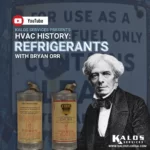You may already know that your A/C unit requires “Freon” to work. “Freon” is an informal term for refrigerant based on the brand name of R-12. We rarely see actual “Freon” anymore and have used R-22 as our go-to refrigerant from the 1990s to the mid-2010s. R-410A then stepped up as a popular refrigerant after news broke of the R-22 phaseout, which began in 2020.
If you’ve been keeping up with environmental regulations, you may have recently found out that R-410A, the replacement for R-22, will go through a phase-down starting next year.
Say what?! But R-410A was supposed to replace R-22! Now it’s going away?!
That’s not the whole picture; just as R-22 wasn’t permanently banned in 2020, R-410A won’t suddenly disappear in 2022. We’re going to discuss what will happen to R-410A over the next 15 years and what sorts of replacements you can expect.
Table of Contents
R-22 PHASEOUT
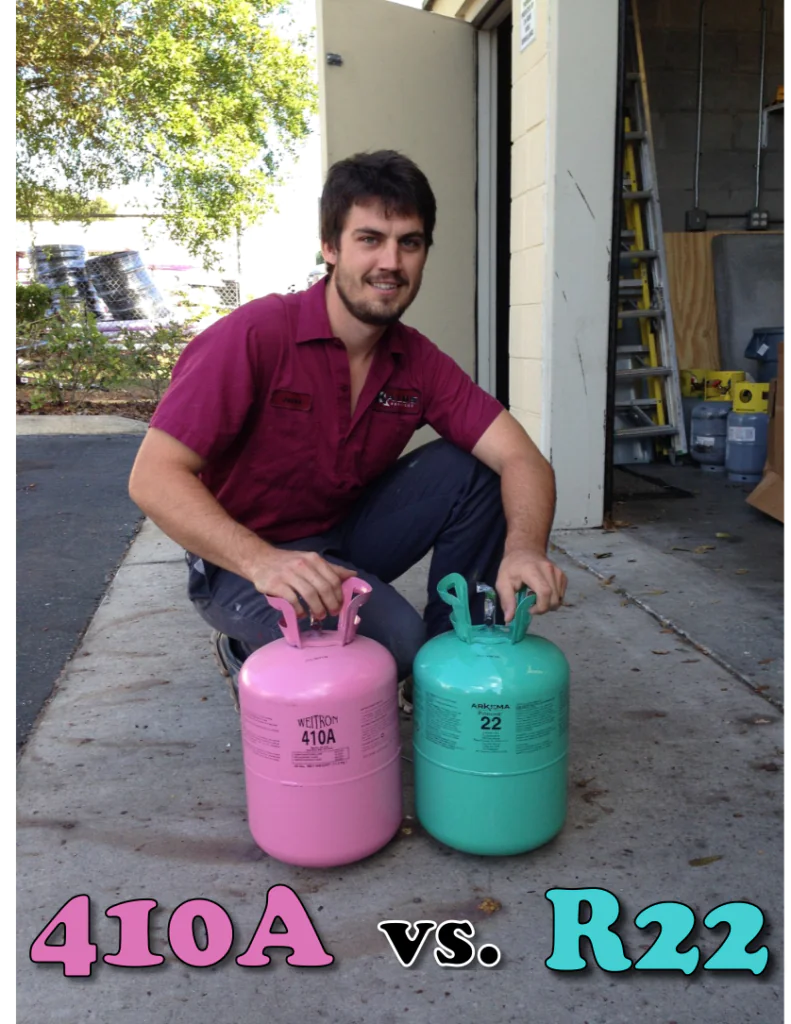
Let’s start with a quick recap of the R-22 situation that led to the rise of R-410A.
R-22 was the successor of R-12 (the original “Freon”). R-12 is a chlorofluorocarbon (CFC) that is horrible for the ozone layer. The ozone layer is a part of our atmosphere that filters out some of the sun’s harmful radiation, including UVB. UVB can damage DNA and lead to skin cancer, so the ozone layer’s depletion would allow more of those harmful rays to reach us.
As a result, the Environmental Protection Agency (EPA) banned the production of R-12 in 1996. We moved to R-22 because it was less bad for the ozone layer.
However, R-22 isn’t much better than R-12. It still has chlorine (HCFC), which depletes the ozone layer. (To learn more about the ozone layer and how chlorine depletes the ozone layer, check out the EPA’s Basic Ozone Layer Science.) Because R-22 depletes the ozone layer, the EPA banned it from being manufactured or imported on January 1, 2020.
To be totally clear, R-22 isn’t illegal. In fact, some of you may still have units that use R-22. The phaseout just means that we can only get R-22 that has already been stockpiled or recovered and reclaimed; the refrigerant is still in circulation, but we aren’t making more of it.
R-410A, a hydrofluorocarbon (HFC), does not deplete the ozone layer. For that reason, many people believed it would replace R-22 as a common residential HVAC refrigerant.
THE R-410A STORY
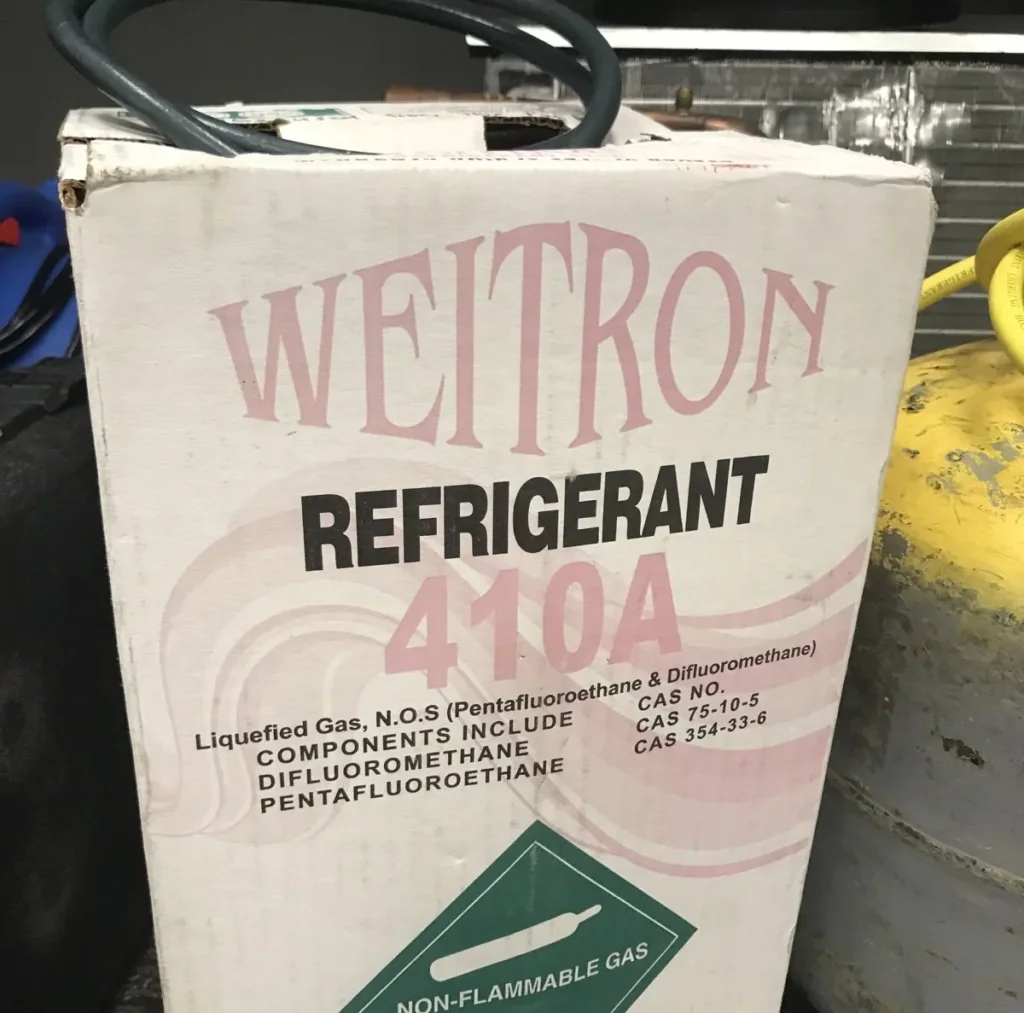
Although R-410A doesn’t deplete the ozone layer, it’s still not good for the environment. It’s actually worse than R-22 in terms of global warming potential (GWP).
Ozone depletion potential (ODP) refers to a refrigerant’s ability to deplete the ozone layer. So, R-410A has an ODP of 0. Conversely, GWP refers to a substance’s ability to keep heat trapped on the earth.
Earth loses heat by rejecting it to outer space. Greenhouse gases prevent heat from leaving the earth because they absorb heat and stay in the atmosphere for a long time. As long as heat energy stays trapped by those greenhouse gases in the atmosphere, it cannot leave the planet. We use carbon dioxide (CO2) as a baseline because it has a GWP value of 1. (For an in-depth explanation of GWP, check out the EPA’s resource.)
To put things into perspective, R-410a has a whopping 2088 GWP. That means it’s 2088 times more potent than CO2.
So, to slow down the rate of global warming, the EPA has taken steps to limit R-410A production by 85% over the span of 15 years. As of right now, we don’t have to expect a total stop to R-410A production, but we will gradually reduce production levels to just 15% of what we see today.
R-410A PHASE-DOWN TIMELINE
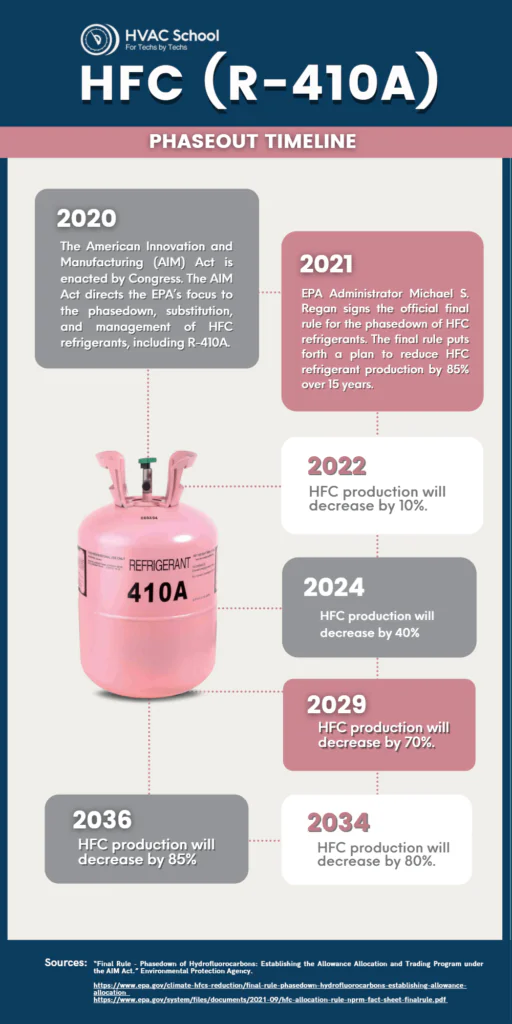
We made the timeline above for our global HVAC training platform, HVAC School. Basically, R-410A production will gradually decrease through 2036, starting next year with a 10% decrease.
In 2024, we will jump to a 40% decrease in production. We will reach a 70% decrease by 2029. In 2034, we will see 80% less R-410A being produced than it is today, and the phase-down will end in 2036 with another 5% reduction. So, over the next 15 years, we will see an 85% reduction in R-410A production.
Now, we also have reclaimed and stockpiled R-410A stock. Like R-22 (and even more so), R-410A is NOT going to disappear. However, the phase-down will make many customers and HVAC contractors consider new refrigerants.
WHAT MAY REPLACE R-410A?
When we look for an R-410A replacement, we want something that has a lower GWP, also has 0 ODP, and is non-toxic.
R-410A is called an A1 refrigerant. The letter designation (A) indicates a refrigerant’s toxicity; Class A refrigerants are non-toxic, and Class B refrigerants are toxic. The number designation (1) indicates a refrigerant’s flammability; Class 1 refrigerants are non-flammable, Class 2 Refrigerants are moderately flammable, and Class 3 refrigerants are very flammable (including propane). There is also a relatively new flammability classification called 2L, which is reserved for mildly flammable refrigerants.
However, it’s worth noting that the flammability classifications relate to a refrigerant’s behavior under a certain set of test conditions (atmospheric pressure and 140°F). Even the A1 refrigerants like R-22 and R-410A can catch fire under the right conditions.
We will likely have to prepare for the introduction of A2L refrigerants. These refrigerants are non-toxic but slightly flammable. For perspective, a static shock likely wouldn’t make these refrigerants catch on fire at the pressure and temperature conditions given, but an open flame likely would.
Of course, we NEVER recommend exposing your unit to either of those scenarios, but we don’t want you to panic because some of the possible new refrigerants are “mildly flammable.”
WHICH A2L REFRIGERANTS CAN WE EXPECT?
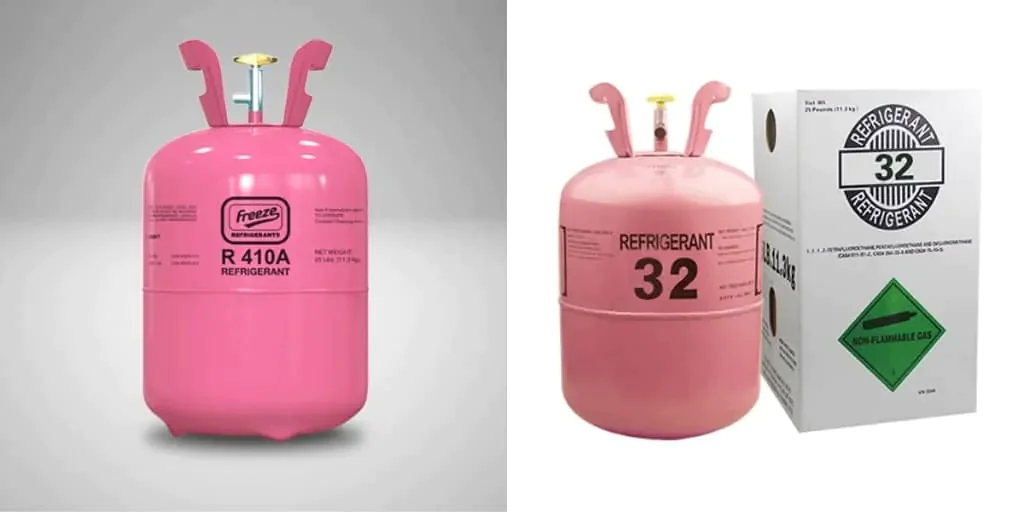
The main refrigerant we can expect to see is R-32. R-32 is a pure refrigerant (not a blend), works under similar pressure conditions as R-410A, and has a GWP of only 625, which is less than a third of R-410A.
R-32 is actually an ingredient in the R-410A blend. R-410A is a mix of R-32 and R-125. R-32 is a good but mildly flammable refrigerant, and R-125 is a poor but fire-resistant refrigerant, so they made up the R-410A blend. If we use R-32, we can expect similar results, equipment, and service practices to R-410A. (However, we CANNOT use R-32 in R-410A equipment. Whenever we change flammability classifications, we need to use new equipment rated for the flammable refrigerant.)
Some equipment and refrigerant manufacturers are making their own A2L refrigerant blends to replace R-410A, including Honeywell’s R-1234yf and R-452B, Chemours’s R-454 series, and more. However, because these are refrigerant blends, they may be a bit more difficult to work with because they don’t have the most predictable pressure-temperature relationship. (That’s not a big deal for experienced technicians with the right tools, though!)
SO, WHAT DO WE DO NOW?
Your refrigerant isn’t suddenly becoming illegal or obsolete, so there is no need to worry about your R-410A system for now. However, we want you to be armed with the facts so that you can know what to expect over the next 15 years. R-410A costs will likely rise over the next few years, and it may be time to consider getting a new system if your current R-22 or R-410A system is getting old.
We are a Carrier dealer, and some of the new Carrier systems will use Puron Advanced™ refrigerant (R-454B), an A2L refrigerant.
If you’re at all worried about A2L refrigerants coming on the scene, Kalos President Bryan Orr recently released a podcast episode with one of the experts at AHRI, Jason Obrzut. Jason is heavily involved in HVAC education and the shift to A2L refrigerants, and you can listen to that podcast HERE or learn more at https://ahrinet.org/saferefrigerant.




